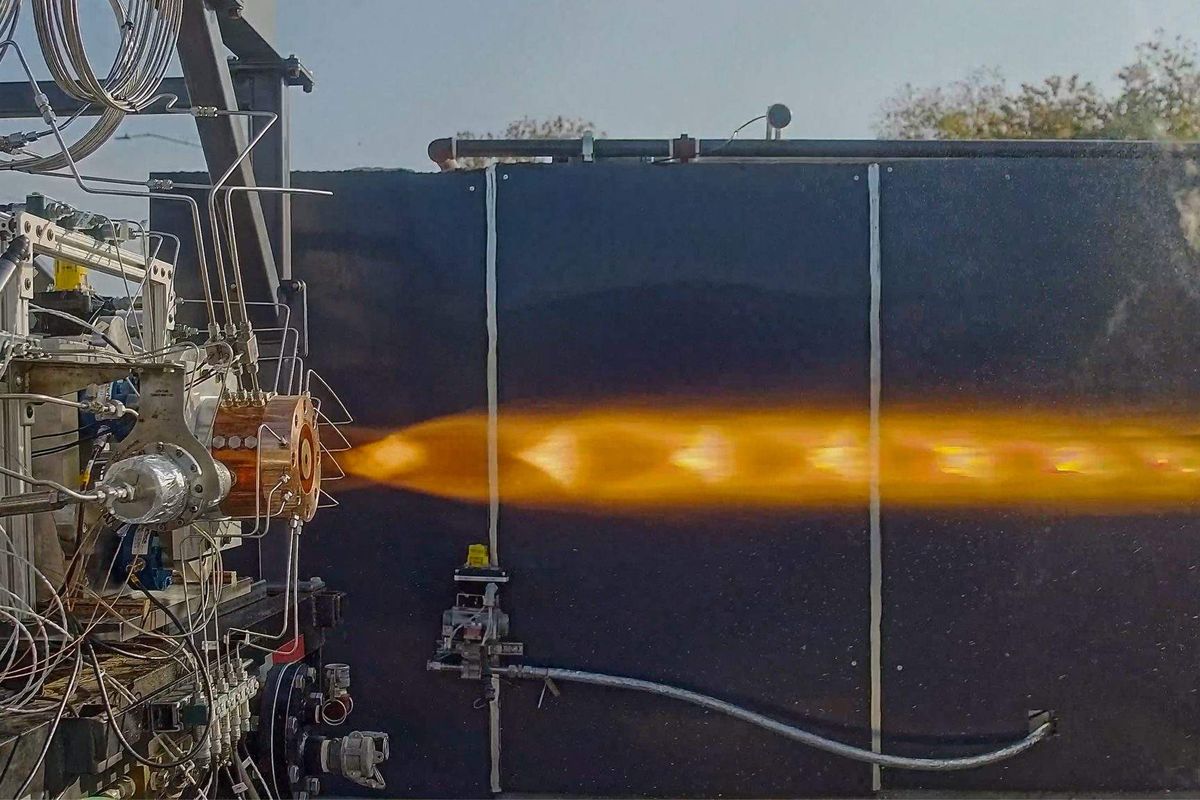Third Ward community expresses concerns with The Ion project that's underway
Mixed feelings
The city of Houston has been buzzing about Rice Management Company's Ion Innovation Hub — a 270,000-square-foot coworking and innovation hub project expected to deliver in 2021 — but there's one group isn't so thrilled with the plans: The Third Ward community.
In a public community meeting on November 12, community members gathered at the Wesley AME Church to plan a Community Benefits Agreement that would legally bind The Innovation District's development team and the Rice Management Company to move forward with the local residents' indicated best interests. According to the Houston Coalition for Equitable Development without Displacement, a newly formed group to work on the CBA, it would be the first of its kind in Houston.
The coalition is supported by Third Ward is Home Civic Club, the Emancipation Economic Development Council, the Texas Coalition of Black Democrats - Harris County, and the Houston Society for Change.
Gabriella Rowe, executive director of The Ion, presented the project's plans to the crowd, recognizing that innovation ecosystems across the country have issues with diversity.
"When you look around the tech ecosystems in the United States today, there are a couple things that stand out," Rowe says. "First and foremost is that they are extremely white and extremely male."
But since Houston is still developing its innovation infrastructure, Rowe says, the city has more opportunities to take the lessons learned from these other ecosystems and be more proactive about including diverse efforts.
One of the things The Ion is planning to incorporate to engage the community is a free coworking space — the only free coworking space in Houston, Rowe says. The Ion plans also include two public parks and community events, and both will be free and open to the public.

After the presentation, the estimated 150 community members in the crowd had the opportunity to address Rowe. While one local resident expressed concern with the non-inclusive verbiage The Ion is using — describing the area as "Midtown" over the pre-gentrification descriptor of Third Ward — other concerns surrounded the lack of diversity of the decision makers on the project.
"For me, that's where we need to start, which is in diversity," says Rowe, who mentions she has diversity among her programming team. "I look to all of you to come to get included in our team as we're growing."
Another concern that was raised was the job opportunities on the construction site itself. While Rowe didn't mention any specific job opportunities in construction, she did say she had been asked by the Rice Management Company to tap local artists to design the fences surrounding the site.
The meeting pivoted toward a discussion about the CBA and the importance the agreement would have moving forward. Assata Richards, founder of Sankofa Research Institute and local activist, and Mary Claire Neal, a Rice University student and leader of the Students for a Just and Equitable Innovation Corridor, and Carl Davis, chair of the Houston Society for Change and a representative of the church, have teamed up to move forward with the agreement.
Texas Appleseed, a group of volunteer lawyers, has agreed to help create and enforce the agreement, and Jeffrey Lowe, associate professor in the department of urban planning and environmental policy at Texas Southern University, has also advised the organizations.
"We've been told what's going to happen, but there's no binding agreement to make sure that it's going to happen," Richards says. "Those are just nice wishlists."
Moreover, the initiatives that have been suggested, enforceable or not, aren't enough, Richards adds, again stressing the importance of the CBA.
"We're going to be smarter this time. We're going to work with the people who have the power and make the decisions," Richards says. "You're doing all this development and come and tell me that you want art outside the building? We're talking millions of dollars of construction."
While the terms of the CBA are still in the works, some of the requests mentioned in the meeting include jobs, preservation of communities of color, affordable housing initiatives, access to affordable groceries, and opportunities for minority and African American-owned businesses.

Neal proceeded with a presentation of actionable ways students and community members can get involved and make their voices heard. Her presentation included new concerns following the release of the master plan of The Innovation District, which the Houston Chronicle released earlier this week. The plans included a parking area that will be the next construction project following The Ion. The variance request is headed to the planning commission on Thursday.
"That's a two-day turnaround and it's the first opportunity for us to do something," Neal says. The group is intending to at least acquire a delay in the variance request moving forward.
The meeting wrapped up with a call to action for local residents as well as students. Since The Ion will include local academic institutions, student and alumni input is crucial.
"We want you to hold up and pause and think carefully on how this development is going to benefit and affect the community," Richards says.





 2025 Houston Innovation Awards winners revealed at annual eventThe 2025 Houston Innovation Awards winners have been revealed. Courtesy photo
2025 Houston Innovation Awards winners revealed at annual eventThe 2025 Houston Innovation Awards winners have been revealed. Courtesy photo